A Hotel the Town Built
The Baker Hotel rises like a fossil from another century, its weathered brick stacked high above the center of Mineral Wells. At 14 stories, it's taller than any building has reason to be in a town this size. The floors have no guests. They haven't for decades.
When the hotel opened on November 9, 1929, locals described it as a castle. Mineral Wells had fewer than 7,000 residents, but they had raised the money themselves. They wanted to control the profits coming in from the mineral water wells, and they wanted their name on the biggest spa resort in Texas.
That ambition never disappeared. It still lingers in the cracked plaster and old pool tiles.
Water, Property, and 1920s Aspirations
The first push for a hotel came in 1922 after residents grew uneasy with outsiders reaping the benefits of the town's mineral water reputation.
A public subscription raised $150,000 in local funds. Then came T. B. Baker, the Dallas hotel magnate. He agreed to oversee the design and operation of what would become the Baker Hotel.
Construction started in 1926. The architect, Wyatt C. Hedrick, borrowed from the Arlington Hotel in Hot Springs, Arkansas.
After Baker visited California and saw a hotel pool out front, he halted construction and ordered changes. He wanted one in Mineral Wells, too.
The pool would sit over the basement, which doubled as the guest changing room and service tunnels.
By the time work resumed, the design had changed. The building would include 450 rooms, a bowling alley, a rooftop solarium, and the state's first large-scale hotel swimming pool.
It cost $1.2 million by the time it was finished. That equals about $22 million today. The town had bet everything on water and architecture. It paid off, for a while.
The hotel became one of the central things to do in Mineral Wells, Texas.
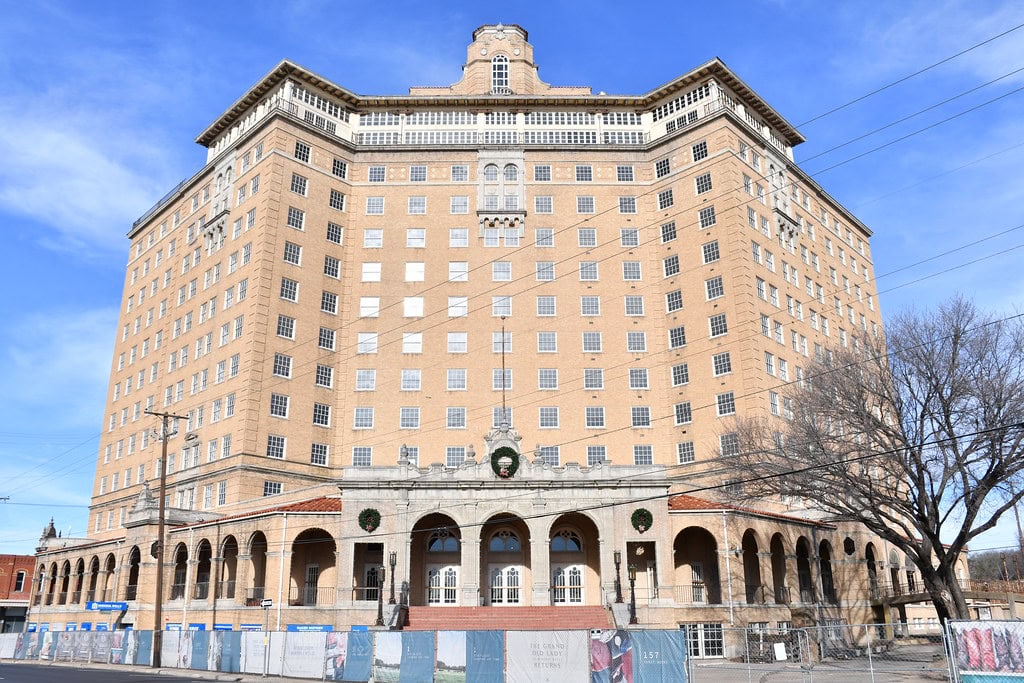
Prime Years and Packed Rooms
The Baker Hotel opened during the worst economic month in American history, but Mineral Wells kept filling its halls. On November 22, 1929, just two weeks after the grand opening, the hotel hosted a gala that doubled as a sales pitch.
It had ice water circulating through its pipes, and the doors triggered fans and lights as guests entered their rooms.
Behind the walls ran hidden laundry compartments meant to keep service out of sight. This wasn't typical for a town with more livestock than automobiles.
Through the 1930s, visitors arrived by car and rail, most drawn by what the town promised: healing water and fresh air.
The Baker Hotel could accommodate 2,500 visitors in a town that held fewer than 7,000 people. Inside its ballrooms, pipe organs played to crowds of attendees from trade associations and civic clubs.
Names like Glenn Miller and Lawrence Welk spent time there, though they weren't always there to perform. The Three Stooges checked in. So did a future U.S. president.
Mineral Wells had, briefly, a reason to puff out its chest. A mineral resort had gone from dream to skyline, and the Baker Hotel sold more than just rooms.
It sold the idea that the town had arrived.
Troop Surge and Military Traffic
By the late 1930s, things began slipping. Mineral water had lost its grip as medicine advanced and doctors shifted to pills and injections.
But in October 1940, the U.S. Army opened Camp Wolters just outside town. It was the largest infantry training post in the country.
Suddenly, Mineral Wells was packed again, and the Baker Hotel thrived off proximity.
Service members passed through in cycles. They needed beds, food, a place to write letters, and to drink coffee.
The Baker Hotel offered all of that. Floors that once held health tourists now buzzed with uniforms. The bar stayed busy. So did the kitchen.
Earl Baker, who had taken over from his uncle in 1934, managed operations during this surge. His timing kept the hotel alive.
The population swelled to 30,000 during WWII. Most weren't there to see the view or attend a mineral soak, but the hotel didn't care.
It adapted. Business came through its doors day and night, even as the original reasons for building it had faded. Rooms turned faster.
Tables filled quicker. For the second time in its life, the building made itself useful, just for a different crowd.
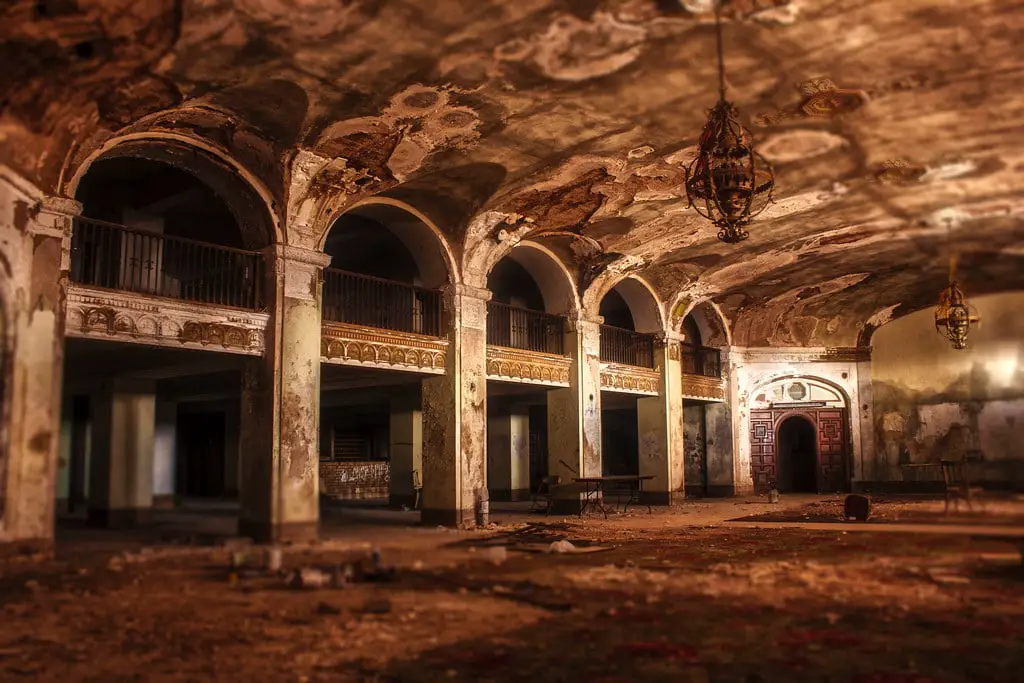
Quiet Floors and Fewer Keys
When Camp Wolters shut down in 1946, foot traffic dropped. There were fewer soldiers in town, fewer families renting by the week, and the hotel's long streak of filled rooms started to break.
In 1951, the military came back, this time with helicopters. The base reopened as Fort Wolters, a training hub for Army aviators, and brought a short rebound. But it wasn't enough to hold back the broader shift.
The Baker Hotel still drew political crowds. In 1952 and again in 1955, the Texas Republican Party used it for conventions.
The Texas Democratic Party came through in 1954. Event bookings like that helped for a while, but the floors stayed emptier between gatherings.
Mineral Wells no longer sold itself as a wellness escape, and the hotel lost its appeal of being modern.
In 1963, Earl Baker turned seventy and made good on his earlier decision to close the hotel. He locked the doors on April 30, ending a 34-year run.
Two years later, local investors leased the building and gave it one more shot. The effort stalled in 1967 after Baker passed away from a heart attack.
He was found unconscious in the Baker Suite. By 1972, the doors shut for good. The building had outlived its owners, its guests, and the idea that built it.
Cold Spots, Stories, and TV Crews
After the last guest checked out in 1972, the hotel sat still. Curtains hung loose from cracked windows, and the roof began to wear.
What stayed active was the storytelling. In a town that watched its biggest building fall silent, people noticed noises.
Hallways with footsteps. Lights with no switch flipped. And always the pool, still visible but dry, like it was waiting for someone to jump in.
Rumors stuck to the upper floors. One story told of a woman who leaped from a high window after an affair with a manager. Another described a bellboy who never left.
Most people in town had heard at least one. By the time the 2000s rolled around, the hotel wasn't just abandoned, it had a reputation. Television found it.
In 2010, the Baker Hotel showed up on "Celebrity Ghost Stories." In 2012, it was the site of an investigation for "Ghost Adventures." Then again, in 2016, when "The Haunting of..." featured the same actor talking about what he felt.
There were no confirmed incidents, but the stories multiplied. Paranormal groups came with infrared cameras and overnight kits. What they took home was never conclusive, but always told with conviction.
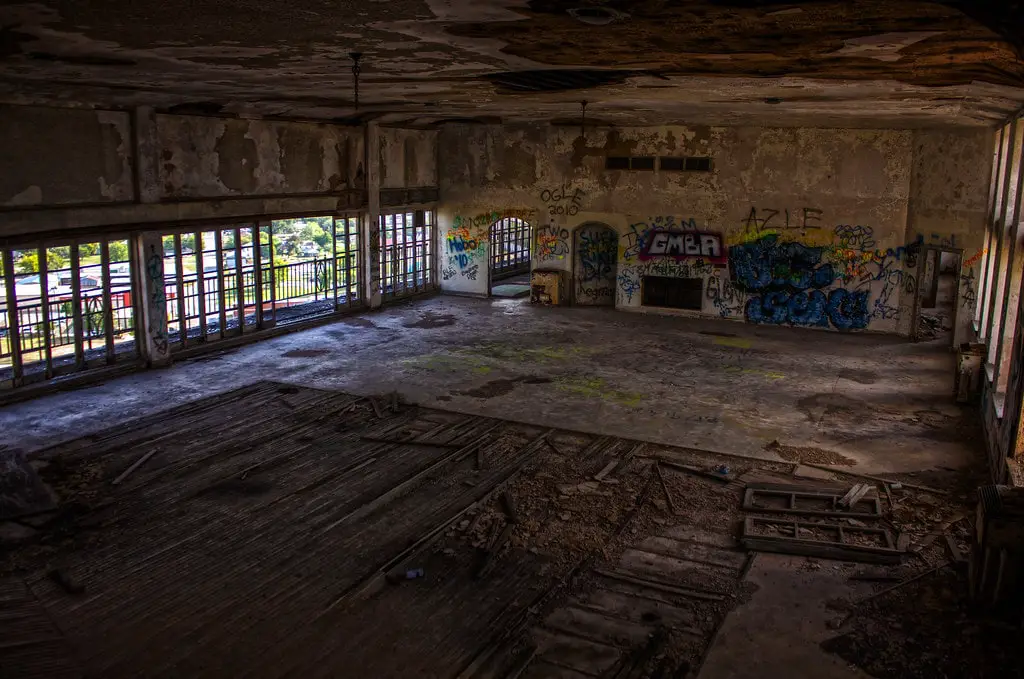
Equity Deals and Restoration Bids
Nothing moved for decades. Then, in 2014, voters in Mineral Wells approved a 1/8-cent sales tax to support a restoration deal.
It was meant to funnel $4 million into a project no one had managed to launch. The number on paper looked hopeful, but the building still sat dark.
That changed in 2019.
On June 20 of that year, Dallas-Fort Worth investors led by Laird Fairchild announced they had secured the financing.
The $65 million figure they gave wasn't padded or speculative. Construction started later that year, with early plans calling for 165 rooms, down from the original 450.
The second floor would return as a mineral spa.
Public updates in 2021 set the grand reopening for fall 2024. That timeline collapsed after delays in materials and labor. By September 2023, new estimates pushed it into 2026.
Mineral Wells waited again. The town had money in it now, through both taxes and hopes, and this time, the owners were talking to news outlets, holding tours, and bringing in crews.
The Baker Hotel wasn't open, but it wasn't frozen either. The real estate had moved back onto someone's balance sheet.
Loans, Construction, and Revised Openings
Hotel management transferred to Cornerstone Projects Group in 2023.
By 2024, the delay affected everything: timelines, contracts, even bookings that had been tentatively discussed years earlier.
In July 2024, project leaders confirmed what most had suspected: more money was needed. The restoration team announced they were pursuing a $25 million loan.
Terms weren't disclosed in full, but developers told local outlets that closing the loan would allow construction to ramp up again and stabilize the remaining budget gaps.
The 2025 status is blunt: no guests, no staff, no confirmed launch date. In spring, the team behind the Baker Hotel said the projected opening had shifted to 2028.
🌿

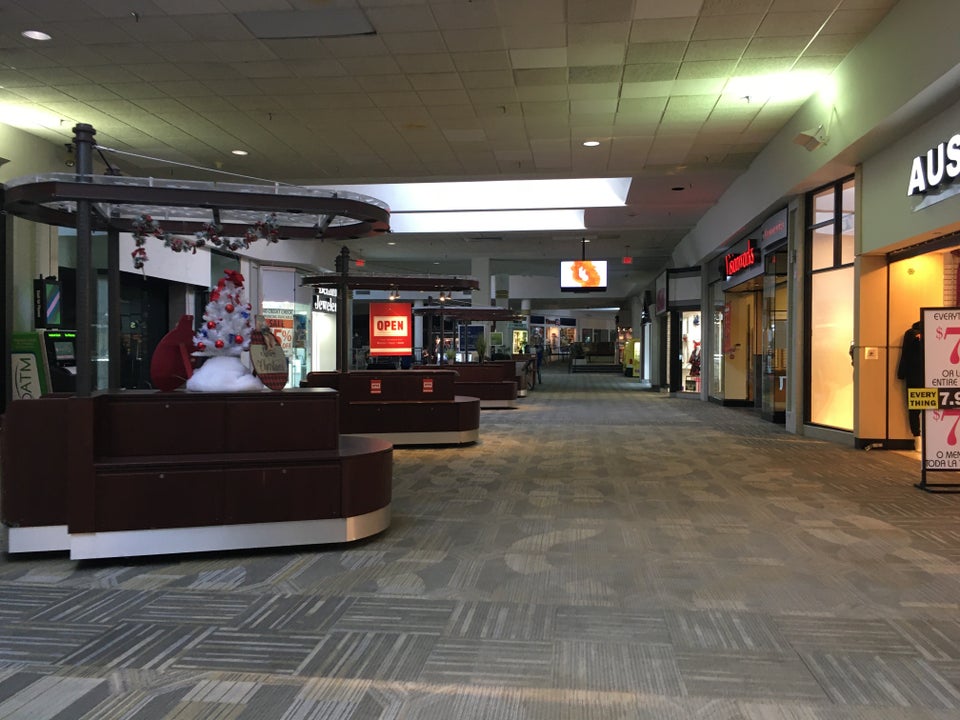
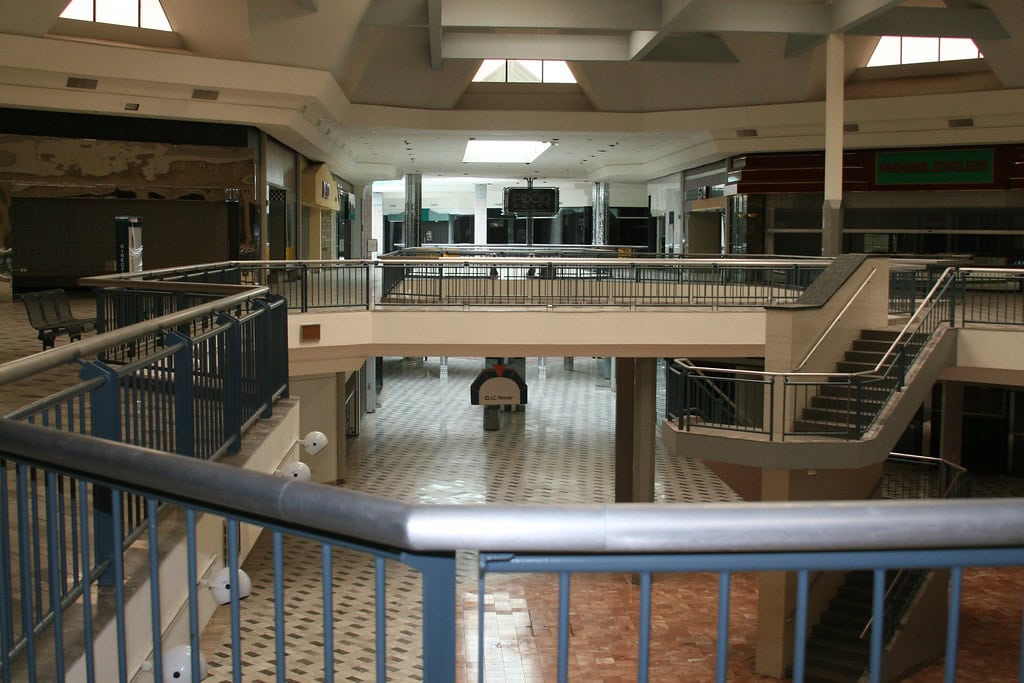
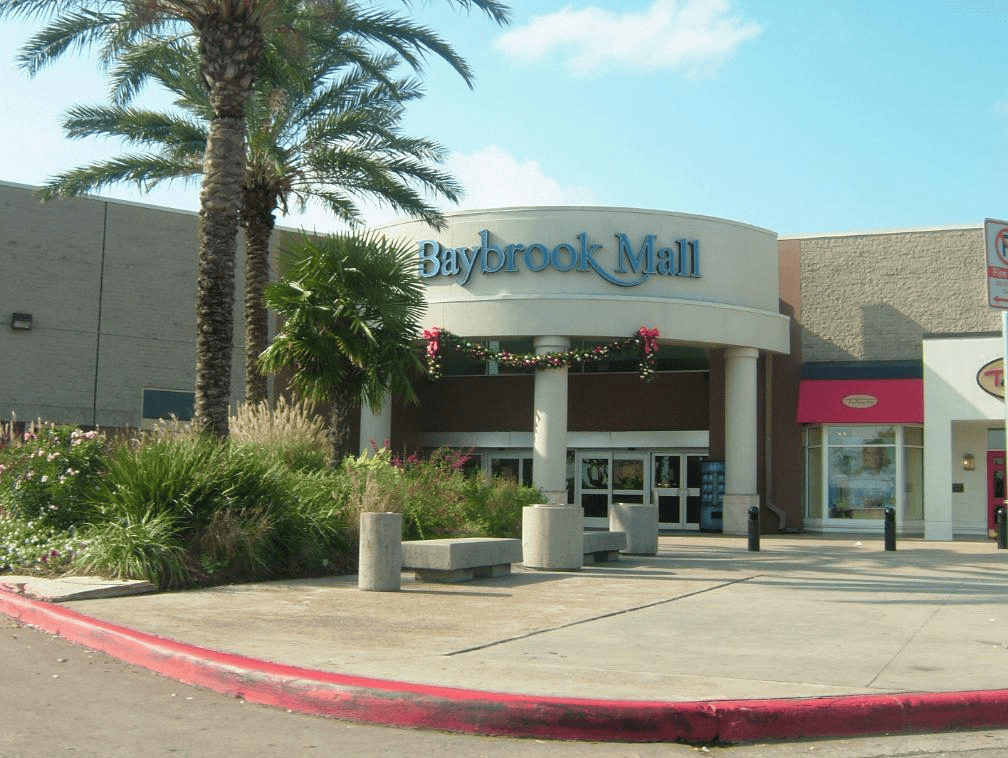
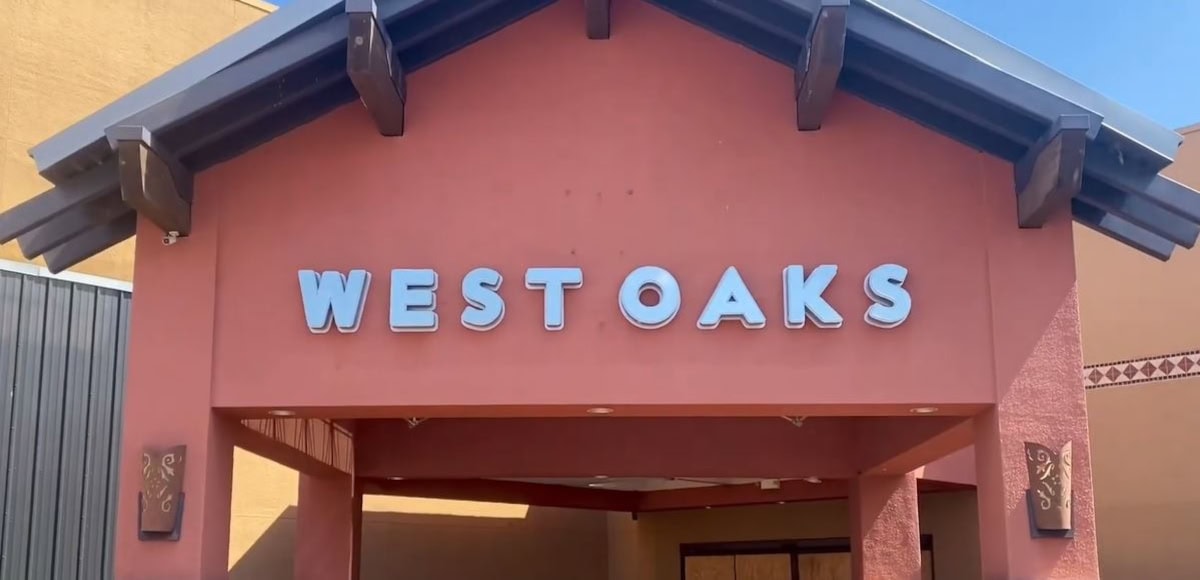
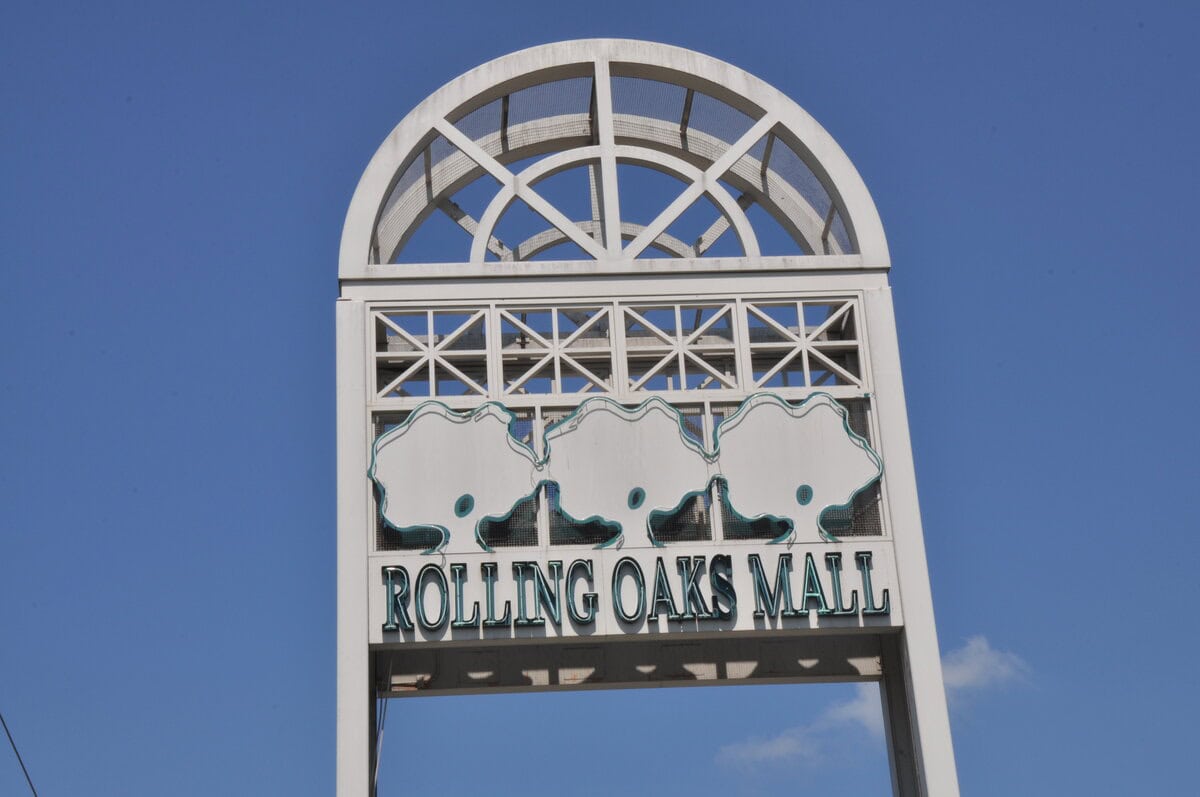

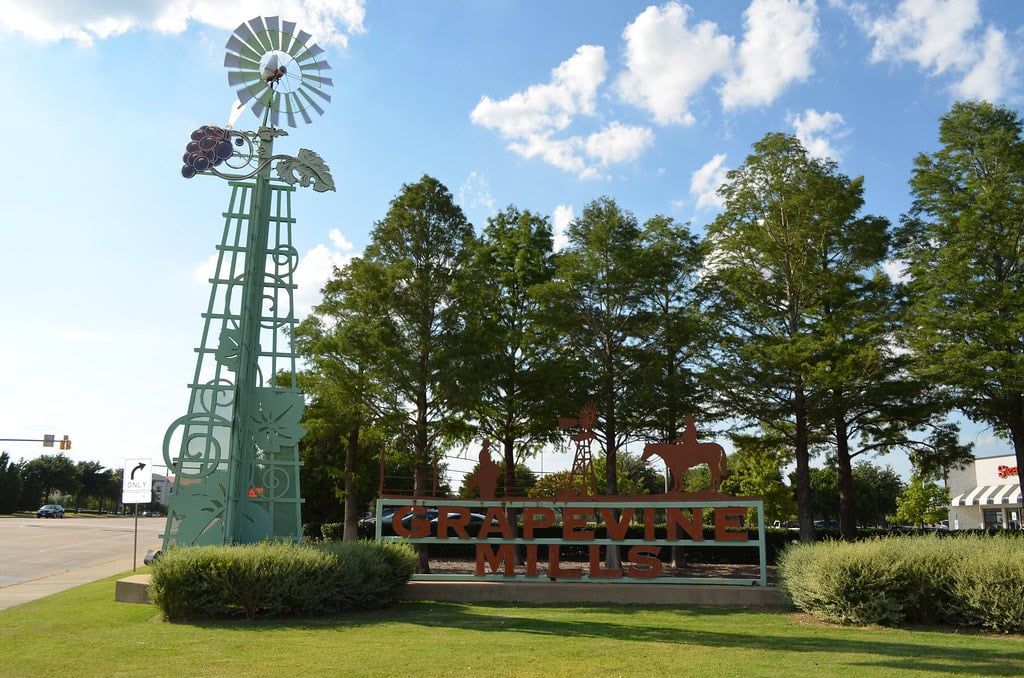
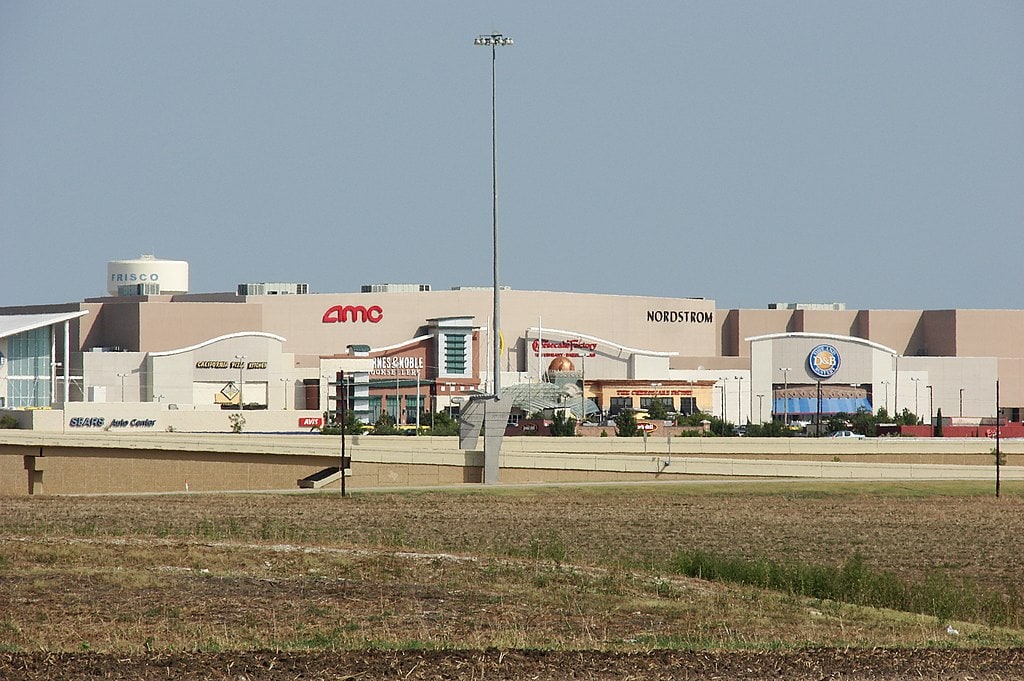
Me & my adult daughter took one of the tours about three years back. We saw different apparitions & orbs. It was quite an experience. Would like to go back & probably will. Enjoyed the stories told by our tour guide. If you are into this kind of experience I would recommend going on one of their tours.
Apparitions may or may not follow a schedule, but guides with deep local roots tend to make every tour different. You were lucky to get both.
so much history there, open it up for tours and history lessons. while making money for the restoration. invite presidents, groups, schools, ext... if you say easier said than done; all we need is a little, & a lot, of ambition...💜💯
Plenty of buildings have a history. Few have a local following like the Baker's. Your comment adds to the argument that its future should include more people walking through, not fewer.
Hurry up and open! Some of us aren’t getting any younger!


Restoration work always takes longer than anyone expects. But the feeling of urgency is real, and comments like yours echo what a lot of people are quietly thinking. If the doors do open in time, I hope you're one of the first through them.